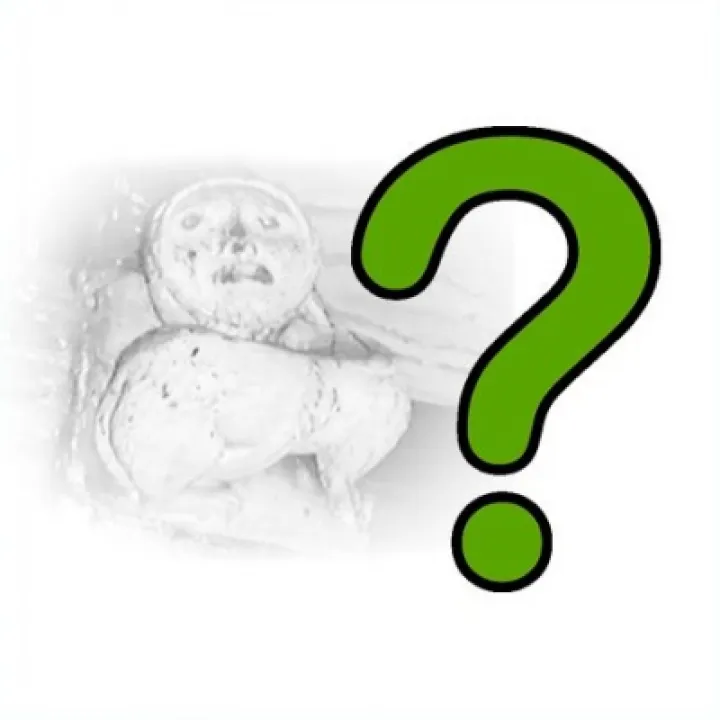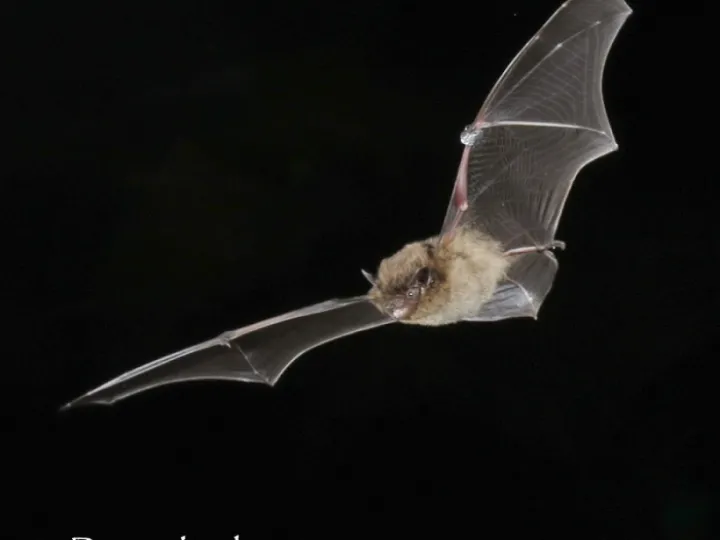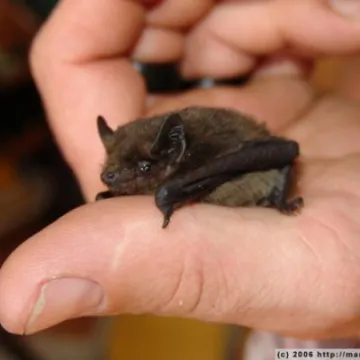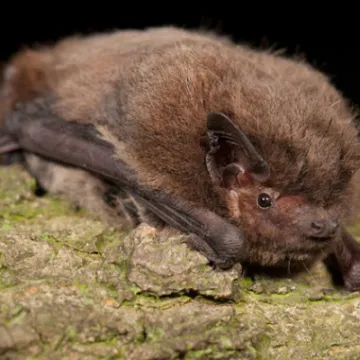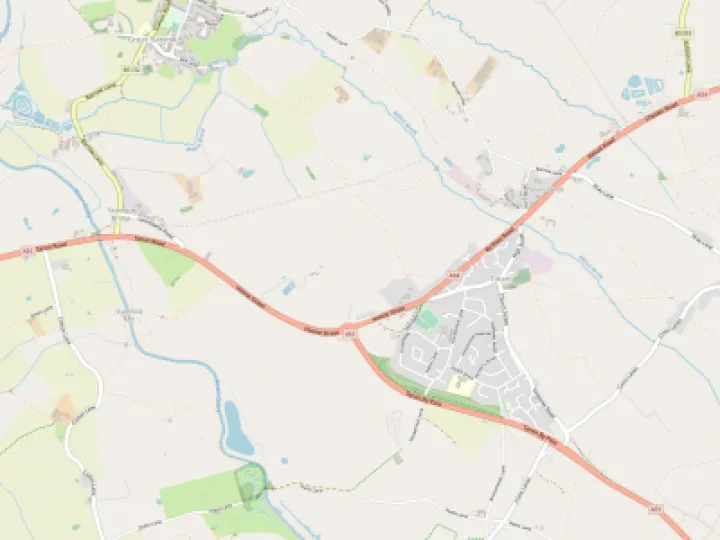Woodland Wildlife – The Pipistrelle Bat
Woodland Creatures.
Pipistrelle Bats.(Pipistrellus pipistrellus)
Users of the woodland on warm summer evenings may have been fortunate and seen a whole lot of tiny bats swooping around and catching insects. They are pipistrelles – tiny, match-box sized bats weighing around 5 grams (the same as a 20p piece) and having reddish-brown coats and blackish-brown ears, nose and wing membranes. Pipistrelles are the commonest (and one of the smallest) of the British bats, and yet they can fly at a speed of seven metres per second and a single bat can eat 3,000 tiny insects (such as moths and gnats) in just one night! There have been multiple sightings of these delightful little creatures in the area near Hockenhull Lane, close to the green Woodland equipment container, and so there is a good chance of you being able to spot them there if you go for a walk at sunset.
Like other bats, pipistrelles are nocturnal, emerging at dusk to feed for a couple of hours before returning to their roosts within natural features such as trees and caves and man-made features such as houses, churches, bridges and mines. Bats don't build nests like birds. They are crevice dwelling, only needing a gap the size of an adult thumb within which to roost. Bats are commonly found in houses beneath barge boards, under roof tiles, under hanging tiles and in cavity walls. Bats droppings can look like those of a mouse but mouse droppings are hard and bat droppings will always crumble. Where space permits, pipistrelles often form small colonies, especially where they hibernate in their winter roosts. Around October, common pipistrelles become less active and by December will have entered full hibernation. The bats normally hibernate in buildings, taking advantage of the warmth and shelter provided (although they may come out to feed on warm days). As the weather begins to warm up in March, the bats start emerging, usually becoming fully active by May.
Common pipistrelles normally breed in autumn and winter, but will not give birth until the following summer. During the breeding season, males establish "courtship territories". They will patrol this area while emitting high-pitched calls – a sort of singing – to attract the attention of females. When ready to give birth in June and July, females gather in large maternity roosts. Typically, they each have just one, known as a pup. Because bats are mammals, they feed their young on milk. At about around three weeks old, the pup is able to fly and can become fully independent two to three weeks later, finally leaving the roost in August.
We can encourage more bats by making our garden more wildlife friendly. We could plant a mixture of flowering plants, vegetables, trees and shrubs (including night-scented stock!) It is worth thinking about a water feature for a wildlife garden – a pond, a marshy area or a bog will provide an insect breeding ground, thereby providing food for bats. Installing bat boxes where bats are known to feed is an excellent way to ensure that local bat populations have access to safe roosting places, and this in turn will encourage breeding.
Ed: Love watching these little acrobats in the evening in our garden. and love even more that they gobble insects that like to eat me!
Quick Links
Get In Touch
TarvinOnline is powered by our active community.
Please send us your news and views.

